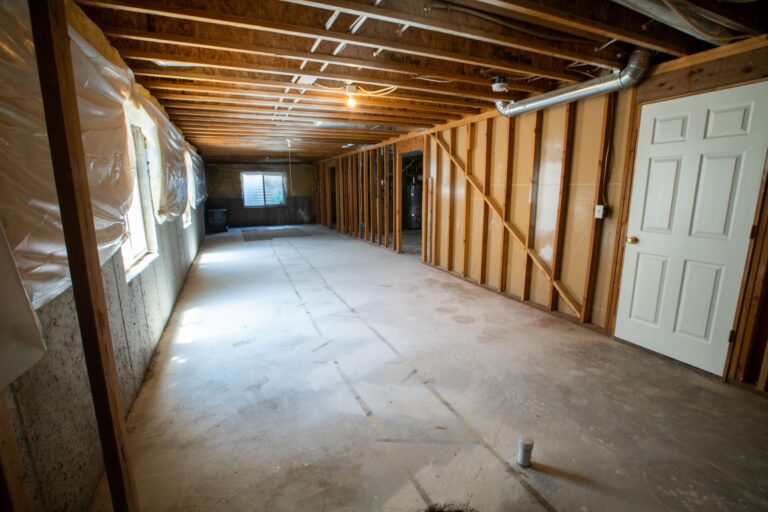Living in a flood-prone area can be challenging, but with the right design elements, you can protect your home and ensure the safety of your loved ones. One crucial aspect to consider is the entryway design. Incorporating raised entryways into your home can provide an effective barrier against floodwaters, keeping your living space dry and secure. Here, we will delve into the benefits and considerations of flood-resistant home design, specifically focusing on the incorporation of raised entryways.
Why Choose Raised Entryways?
When it comes to flood protection, raised entryways offer several advantages. Here are some key reasons why you should consider incorporating them into your home design:
1. Enhanced Flood Resistance
Raised entryways act as a barrier, preventing floodwaters from easily infiltrating your home. By elevating the entryway, you create a higher point of access that can help keep water out during heavy rainfall or when nearby rivers and streams overflow.
2. Increased Safety
Floodwaters can be dangerous, carrying debris, contaminants, and even electric currents. By elevating the entryway, you reduce the risk of these hazards entering your home, ensuring the safety of your family and belongings.
3. Minimal Disruption
When floods occur, recovery can be a time-consuming and costly process. By incorporating raised entryways into your home design, you minimize the potential damage caused by flooding, allowing for a faster and easier recovery.
4. Preserving Property Value
Homes equipped with flood-resistant features, such as raised entryways, tend to retain their value better than homes that lack such measures. This makes them a wise investment choice for homeowners in flood-prone areas.
5. Aesthetic Appeal
Raised entryways can be designed to complement the overall architecture of the house, contributing to its curb appeal. With various materials and design options available, homeowners can create an aesthetically pleasing entrance while incorporating flood protection.

Considerations for Raised Entryway Design
While the benefits are clear, there are a few considerations to keep in mind when incorporating raised entryways into your home design. Here are some essential factors to consider:
1. Building Codes and Regulations
Before implementing any design changes, it is crucial to check local building codes and regulations. Different areas may have specific requirements for raised entryways, such as minimum height or materials to be used. Consulting with a professional architect or builder can help ensure compliance with these regulations.
2. Adequate Drainage
Proper drainage is vital to prevent water from accumulating around the raised entryway. Consider incorporating trench drains, French drains, or other drainage systems to redirect water away from your home.
3. Landscape Design
The surrounding landscape can play a significant role in flood resistance. Ensure that the elevation of your raised entryway aligns with the overall grading of your property. Additionally, strategic landscaping elements, such as retaining walls or berms, can further enhance flood protection.
4. Accessibility
While focusing on flood resistance, it is crucial to maintain accessibility for all residents and visitors. Incorporate ramps or stairs into the raised entryway design to ensure easy access for everyone.

Achieving Flood-Resistant Home Design
Designing a flood-resistant home requires a holistic approach. Here are some additional tips to consider when aiming for comprehensive flood protection:
1. Elevated Foundation
Apart from raised entryways, consider elevating the entire foundation of your home. This design feature can provide an extra layer of protection against rising floodwaters.
2. Waterproofing Measures
Incorporate waterproofing techniques throughout your home’s construction, such as using water-resistant materials, installing flood vents, and sealing vulnerable areas.
3. Elevated Utilities
Ensure that your electrical systems, HVAC units, and other utilities are elevated above the potential flood level. This step helps prevent damage and reduces the risk of electrical hazards.
4. Proper Insulation and Ventilation
Flood-resistant homes should have proper insulation and ventilation systems in place to prevent moisture buildup and mold growth.
Incorporating raised entryways into your home design is just one aspect of achieving flood resistance. To ensure comprehensive protection, it is essential to consult with professionals experienced in flood-resistant construction and design.
The Bottom Line
Protecting your home from floods is a crucial investment in your family’s safety and well-being. By incorporating raised entryways and implementing other flood-resistant design elements, you can significantly reduce the risk of damage and ensure a safer living environment. Remember to consider local building codes and accessibility when incorporating raised entryways into your home design. With the right approach and expert guidance, you can create a flood-resistant home that provides peace of mind during challenging times.







